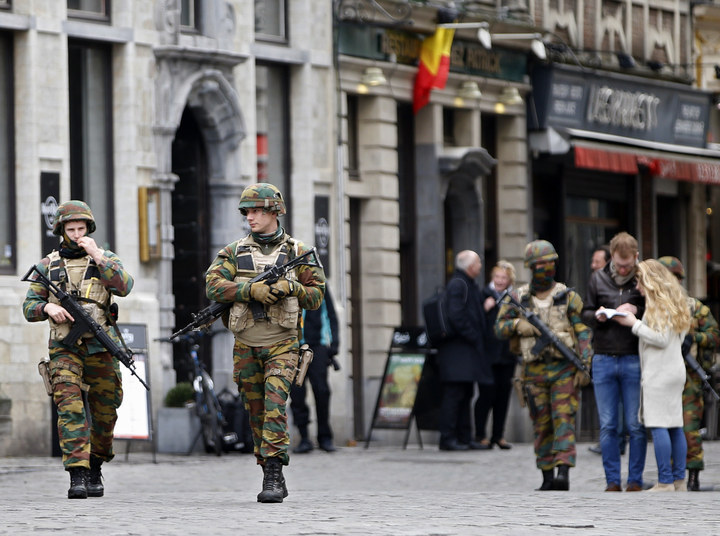Hundreds of Europeans who fought alongside ISIS in Syria and Iraq
have returned to a continent officials say lacks the resources to
monitor them all.
The returning fighters are an increasing
challenge to security and intelligence officials who believe recent
terror attacks in Paris and Brussels are part of a continuing effort by
ISIS to keep launching deadly attacks inside Europe, officials told
BuzzFeed News.
Between 4,000 to 6,000 people from European
countries have traveled to fight in Syria, Iraq, and Libya, and roughly
10% are believed to have returned, many bringing with them deadly
expertise in weapons, explosives, and an extremist ideology that has
already been spreading within European borders.
“Those people that
have been traveling there two, three, four years ago, they are
absolutely trained and ready to fight,” French Senator Nathalie Goulet,
who co-heads a commission to track jihadis, told BuzzFeed News. “For us,
it’s a new threat.”
Law enforcement agencies across Europe not
only lack the ability to keep tabs on all returning fighters, which
Goulet estimates to be between 400 and 600, but poor intelligence
sharing between European nations is hindering efforts address the threat
of ISIS operatives, she said.
“Turkey said they send information to Belgium, and nobody paid attention to it,” she said. “We have to have more cooperation.”
Most
of the returning fighters were likely not “operatives” under the
direction of ISIS, but the terrorist group appears engaged in a campaign
to continue deadly attacks inside Europe, Malcolm Nance, executive
director of Terror Asymmetrics Project and a former U.S.
counterterrorism officer, told BuzzFeed News.
Some of them might
have been wounded, grown tired of the battlefield, or even become
disillusioned with ISIS. Still, the bulk of fighters returning home pose
a challenge to intelligence agencies there, Nance said.
“[French]
intelligence about who is in their country is very damn good,” he told
BuzzFeed News. “That doesn’t mean they can track everyone on the
ground.”
Goulet, the French senator, agreed.
Salah Abdeslam,
who is suspected of participating in the Paris attacks in November
before returning to Belgium, was captured just a few days before the
attacks in Brussels were carried out.
“I’m not confident at all,”
she said about the ability of France and other countries to keep track
of returning fighters. “For the time being, I’m very anxious.”

Charles Platiau / Reuters
Nance said the number of ISIS operatives in Europe is probably
around 70, though their capabilities vary. But a cell of 20 or 30
individuals could still cause havoc, he said.
And terror plots on
European soil are likely to continue, Seth Jones, director of the
International Security and Defense Policy Center at the RAND
Corporation, told BuzzFeed News.
“We’ll probably see more of
this,” he said. “[ISIS] is both leveraging resources they have in Europe
and targeting European countries, which they consider infidels.”
With
ISIS continuing to lose territory in Iraq and Syria, the militant group
has shifted resources to external attacks, Jones said. A loss in
territory means manpower is freed, and leaders might focus their anger
inside Europe instead.
The flow of fighters who have traveled from
Europe to Syria, Iraq, and Libya is larger than what has been seen in
previous conflicts, and their return could mean many of them come back
with a directive or self ambition to launch an attack, Jones said.
Goulet had no specific information about ISIS targeting Europe, but said France and its neighbors remain on edge.
“All
governments know to put the threat level very, very high,” she said.
“There is no question we are in a very high level of threat.”
It’s a state that experts said is likely to continue for some time.
“The
threat levels we are seeing in Europe will likely remain very high for
the foreseeable future,” Jones said. “They have more people to monitor
than they have people to be able to monitor them with.”

No comments:
Post a Comment